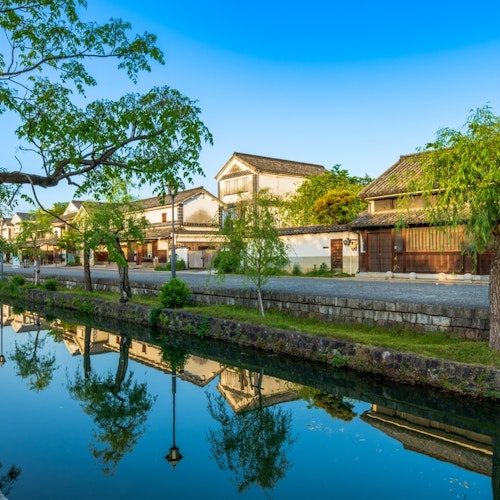
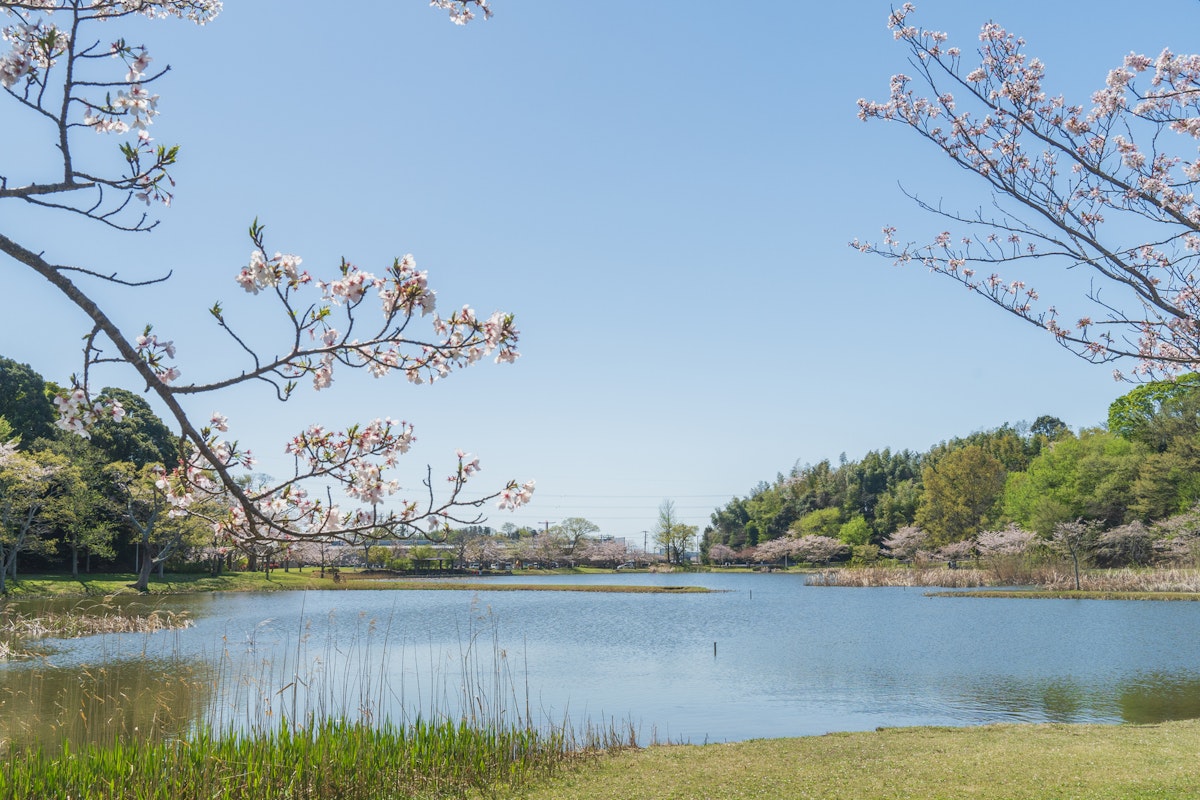
Chiba Prefecture sits just east of Tokyo, making it one of the most accessible destinations for travelers exploring Japan. Despite being home to Narita International Airport, many visitors rush through Chiba without realizing the incredible experiences waiting just beyond the terminal doors.
This coastal prefecture offers a perfect blend of natural beauty, rich history, theme park excitement, and authentic Japanese culture that deserves more than just a passing glance.
Chiba Prefecture stretches along the Pacific Ocean and Tokyo Bay, forming a peninsula that juts out into the sea. The location means Chiba enjoys milder winters than Tokyo and beautiful coastal scenery throughout the year. With a population of over six million people, Chiba balances urban development with vast stretches of farmland, beaches, and traditional towns that seem frozen in time.
The prefecture's proximity to Tokyo makes it an ideal destination for day trips, though spending a few nights here allows you to truly appreciate everything Chiba has to offer. Many travelers find that joining organized tours from Tokyo helps them discover hidden gems they might otherwise miss while navigating on their own.
The Tokyo to Chiba train journey takes as little as 30 minutes on the JR Sobu Line or JR Keiyo Line, connecting central Tokyo directly to Chiba City. For those heading to Narita, the airport itself is located in Chiba Prefecture, making it an ideal first or last stop on your Japan itinerary.
Express trains and local lines provide frequent service throughout the day, and many visitors are surprised to learn just how close Chiba is to Tokyo.
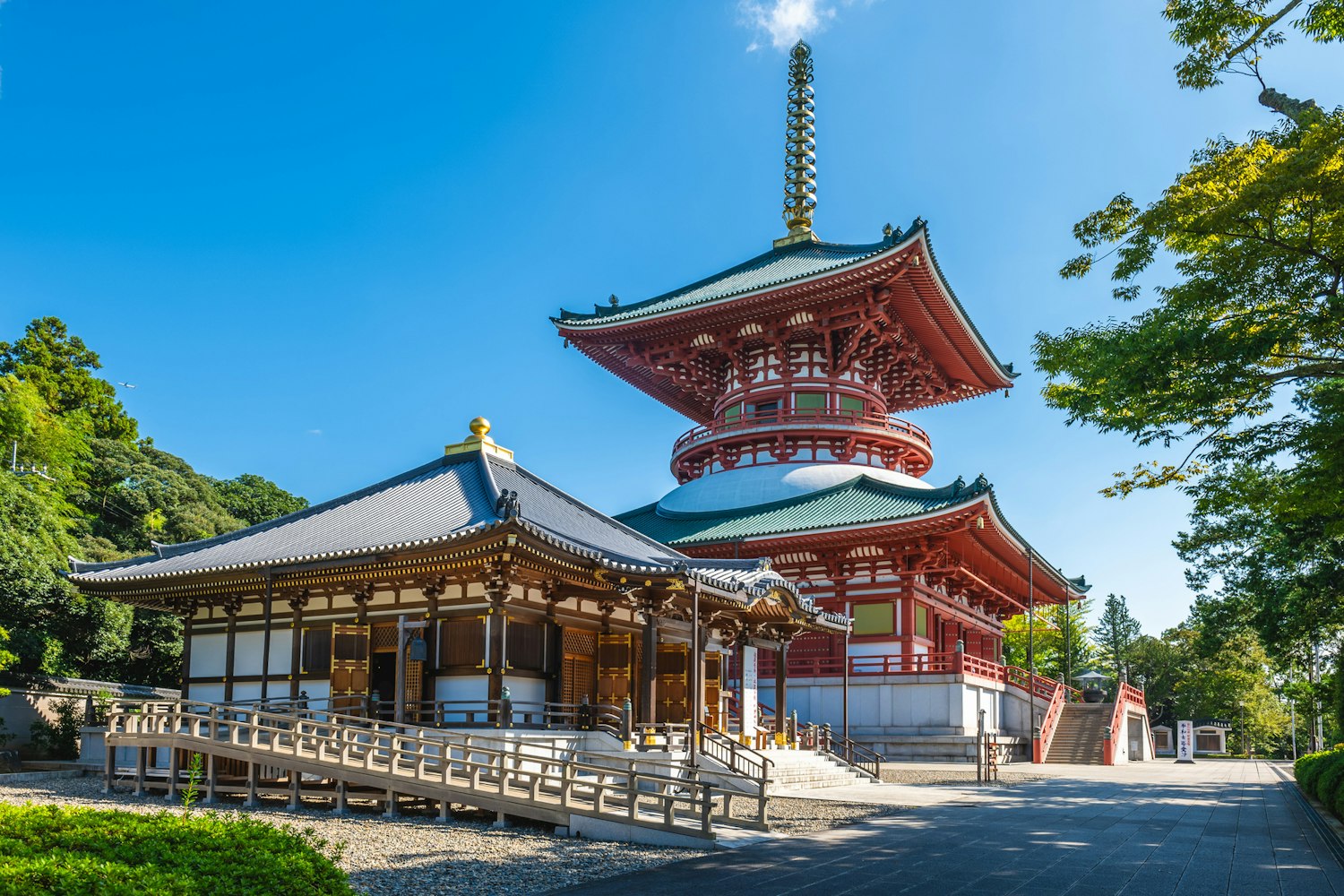
Most international travelers first encounter Chiba at Narita Airport, but the nearby city of Narita deserves exploration beyond the terminal. The crown jewel here is Naritasan Shinshoji Temple, one of Japan's most important Buddhist temples. Founded over a thousand years ago, this sprawling complex features beautiful architecture, peaceful gardens, and a vibrant atmosphere as pilgrims and tourists mingle along the approach.
The streets leading to the temple form a charming historical district where traditional wooden buildings house restaurants serving fresh eel, a local specialty. Small shops sell crafts, snacks, and religious items. Walking these streets feels like stepping back in time, especially during festival days when the area comes alive with traditional performances.
Many visitors appreciate joining Narita day tours that combine the temple visit with other local attractions, making the most of their time before or after flights. These tours often include insights from local guides who share stories and history that you'd miss exploring alone.

The prefectural capital of Chiba City offers a different face of the region. Here you'll find modern shopping districts, excellent restaurants, and cultural facilities alongside historical sites. The city's port area, known as Chiba Port Tower, provides panoramic views across Tokyo Bay. On clear days, you can spot Mount Fuji in the distance.
Chiba Castle, though a reconstruction, sits in a lovely park that becomes spectacular during cherry blossom season. The surrounding neighborhood retains some historical character with traditional homes and small temples tucked between modern developments.

Sawara stands out as one of Chiba's hidden treasures. This former merchant town prospered during the Edo period, and many buildings from that era still line the canals. Traditional wooden warehouses, merchant houses, and shops create an incredibly photogenic streetscape. Small boats offer canal rides that let you see the town from water level, just as merchants did centuries ago.
The town celebrates its heritage with several festivals throughout the year. The Sawara Grand Festival ranks among Japan's most impressive traditional celebrations, with massive decorative floats paraded through the narrow streets accompanied by traditional music. Even on quiet days, wandering Sawara's lanes feels like discovering a secret corner of old Japan.
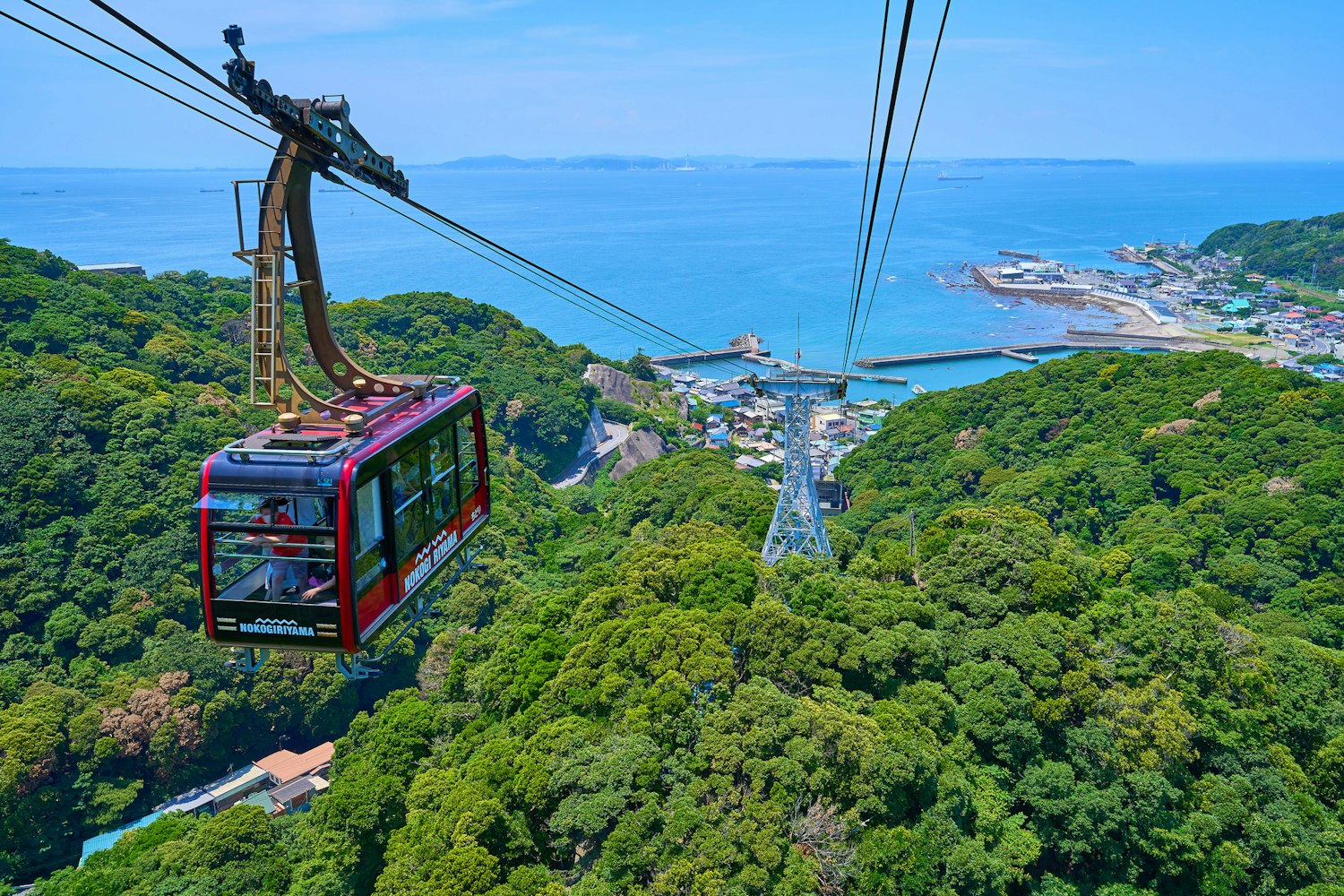
The Boso Peninsula forms the southern part of Chiba, where dramatic coastlines meet traditional fishing villages. The Pacific-facing eastern coast offers some of Japan's best surfing beaches. Towns like Ichinomiya and Choshi attract surf enthusiasts from across the country, and surf schools welcome beginners wanting to try riding Japanese waves.
The peninsula's southern tip features rugged cliffs, lighthouses, and walking trails with spectacular ocean views. Small fishing ports serve incredibly fresh seafood, including local specialties like spiny lobster and abalone. This area feels worlds away from Tokyo's urban intensity despite being just a couple of hours away.
Peninsula tours often combine coastal scenery with visits to traditional fishing villages, giving travelers a taste of maritime Japan that many visitors never experience. The slower pace and natural beauty provide a refreshing contrast to city sightseeing.

Stretching over 60 kilometers along the Pacific coast, Kujukuri Beach ranks as one of Japan's longest beaches. The name literally means "ninety-nine ri beach," referring to an old Japanese unit of measurement. This sandy expanse attracts surfers, swimmers, and beach lovers throughout the warmer months.
Several beach towns dot the coastline, each with its own character. Some cater to surfers with board rentals and surf shops, while others focus on families with calm swimming areas and beachside facilities. The beach also hosts various sporting events and festivals during summer.

Embark on a magical journey to Tokyo's Disneyland or Disneysea, beginning with a private transfer right from your hotel.
While technically bearing Tokyo's name, both Tokyo Disneyland and Tokyo DisneySea actually sit in Chiba Prefecture, in the city of Urayasu. These world-famous theme parks need little introduction, but they deserve mention in any Chiba guide. DisneySea, unique to Japan, particularly impresses with its elaborate theming and spectacular shows.
Getting to the Disney parks from Tokyo is straightforward, though many families appreciate the convenience of Disney tours that handle transportation and sometimes include express passes or meal arrangements. This can be especially helpful for first-time visitors navigating the massive parks.

Mount Nokogiri, whose name means "Saw Mountain," earned its name from the jagged ridgeline that resembles a saw blade. The mountain served as a stone quarry for centuries, and those industrial activities created dramatic cliffs and formations. Today, Mount Nokogiri is best known for Nihon-ji Temple, which houses a massive Buddha statue carved into the cliff face.
The 31-meter-tall seated Buddha, called Nihon-ji Daibutsu, impresses visitors with its serene expression and enormous scale. The temple grounds also feature hundreds of carved stone statues scattered through the forest and a stone viewing platform called Jigoku Nozoki or "Hell View" that juts out over a sheer cliff, offering thrilling views of Tokyo Bay far below.

For a different kind of family fun, Mother Farm spreads across 250 hectares of hillside overlooking Tokyo Bay. This agricultural theme park lets visitors interact with animals, watch sheep dog demonstrations, pick seasonal fruits, and enjoy flowers blooming across themed gardens. Kids love feeding sheep, rabbits, and other farm animals, while adults appreciate the pastoral scenery and fresh farm-to-table restaurants.
The farm's elevated position provides stunning views, and various seasonal events keep the experience fresh throughout the year. Spring brings flower festivals, summer offers outdoor activities, autumn features harvest celebrations, and winter includes light displays.
Kamogawa Sea World ranks among Japan's premier aquariums, featuring impressive marine life displays and entertaining shows. The orca performances draw particularly large crowds, though the facility showcases diverse marine ecosystems from tropical reefs to Arctic waters. The aquarium's location on the Boso Peninsula means you can combine a visit here with beach time or coastal exploration.

The prefecture produces over 70% of Japan's peanuts! You'll find peanut-flavored everything - from traditional snacks to modern desserts. Don't miss trying peanut soft-serve ice cream.
With extensive coastlines on both Tokyo Bay and the Pacific Ocean, Chiba is renowned for exceptional seafood. Local specialties include:
Sea bream
Horse mackerel
Sardines
Spiny lobster
Culinary tours focusing on coastal Chiba often feature seafood market visits and traditional fishing village meals.
Chiba is home to traditional soy sauce production, particularly in Choshi City. Many breweries offer factory tours where you can learn about fermentation processes and taste different varieties.
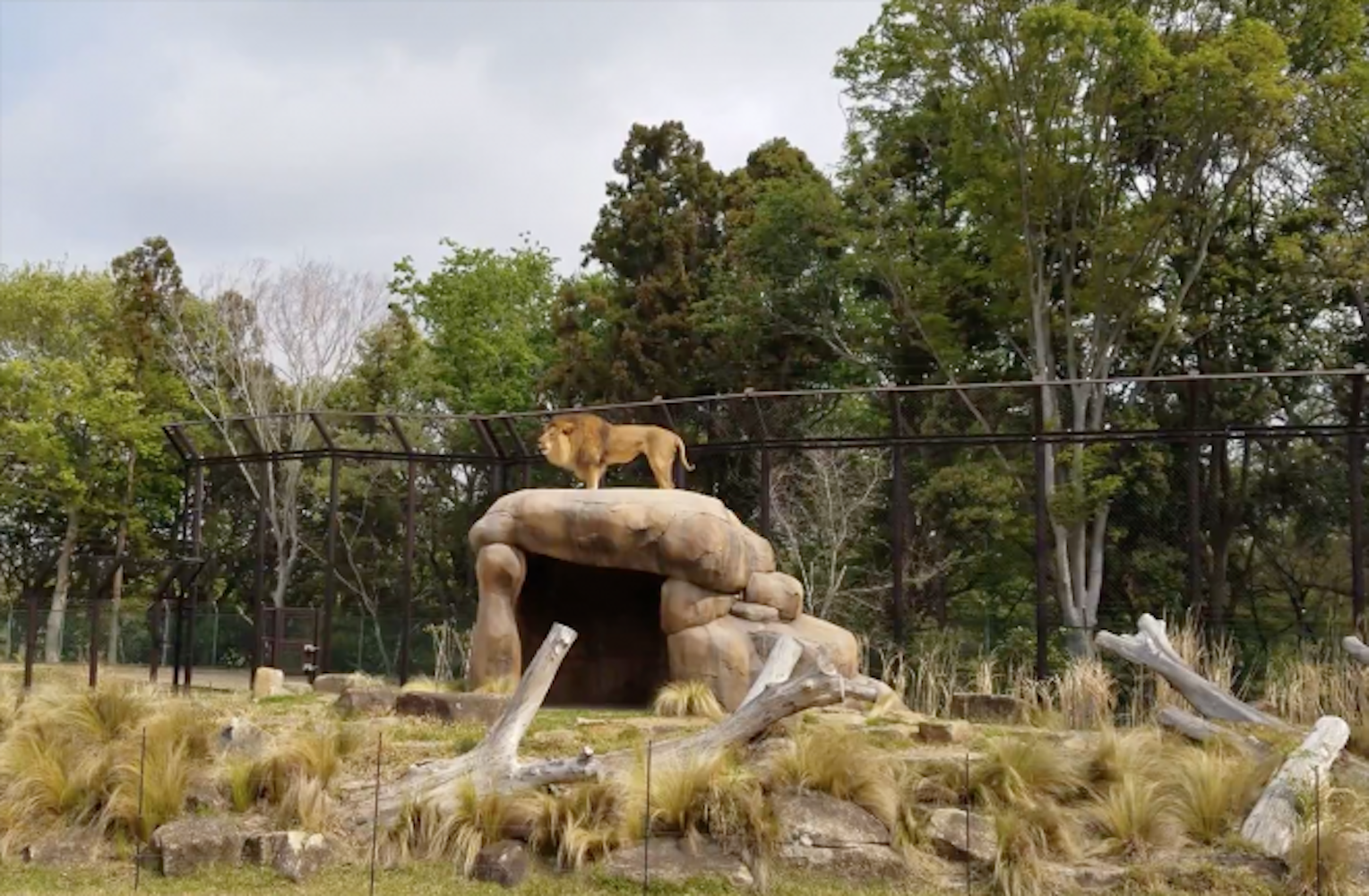
Cherry blossom viewing at Izumi Nature Park
Strawberry picking at local farms
Hiking Mount Nokogiri with moderate temperatures
Beach activities at Kujukuri
Surfing on Pacific coast beaches
Evening festivals and fireworks displays
Fall foliage viewing in mountain areas
Harvest experiences at agricultural parks
Mild weather perfect for cycling tours
Flower fields (Chiba has mild winters allowing flower cultivation)
Fresh strawberry season
Hot spring resorts in inland areas

Morning: Visit Narita-san Temple (2-3 hours)
Lunch: Try local eel cuisine in Narita
Afternoon: Explore Mother Farm or visit Mount Nokogiri
Evening: Return to Tokyo
Full-day tours from Tokyo often follow similar routes, providing guided experiences with transportation included.
Day 1:
Arrive in Chiba City
Visit Chiba Port Tower
Explore local shopping districts
Overnight in Chiba-shi
Day 2:
Morning beach time at Kujukuri
Afternoon at Kamogawa Sea World
Return via coastal route
Day 1: Northern Chiba - Narita Temple, Sawara Historic District Day 2: Central Region - Chiba City, Mother Farm, Mount Nokogiri Day 3: Southern Peninsula - Tateyama, Onjuku Beach, coastal drive
Multi-day tours covering Chiba Prefecture allow deeper exploration while handling logistics like accommodations and transportation between regions.
Chiba Prefecture offers something rare in modern Japan: accessible authenticity. You can experience traditional culture, natural beauty, and local life without the overwhelming crowds that pack Kyoto or the relentless pace of Tokyo. The prefecture offers a perfect balance for travelers seeking to explore beyond Japan's most famous destinations, while still enjoying convenient access and well-developed tourism infrastructure.
Whether you're seeking theme park thrills, coastal relaxation, cultural immersion, or natural beauty, Chiba delivers without requiring you to venture far from Tokyo. The prefecture rewards curious travelers with memorable experiences and genuine encounters with Japanese culture.


